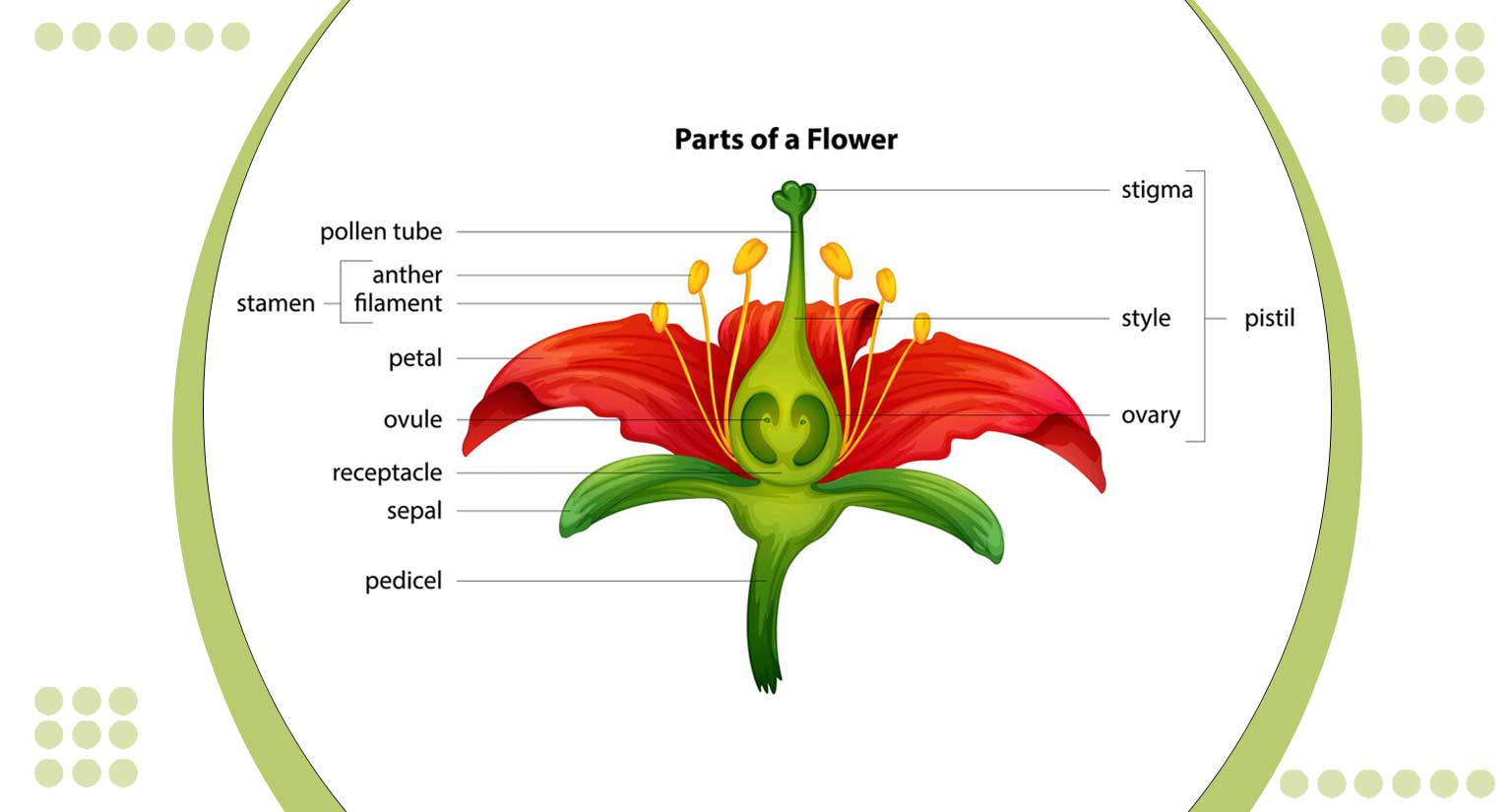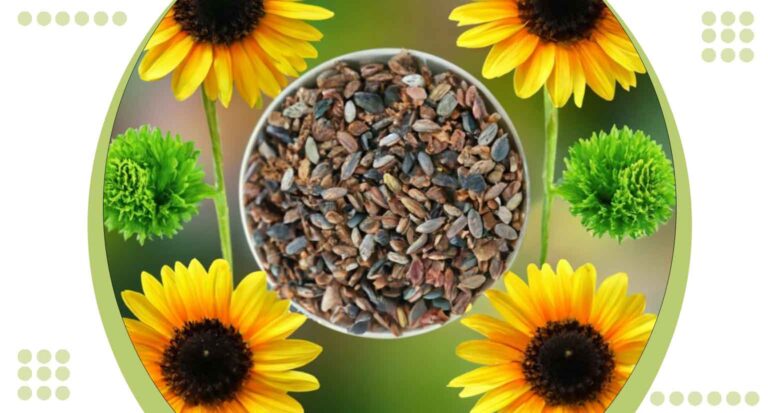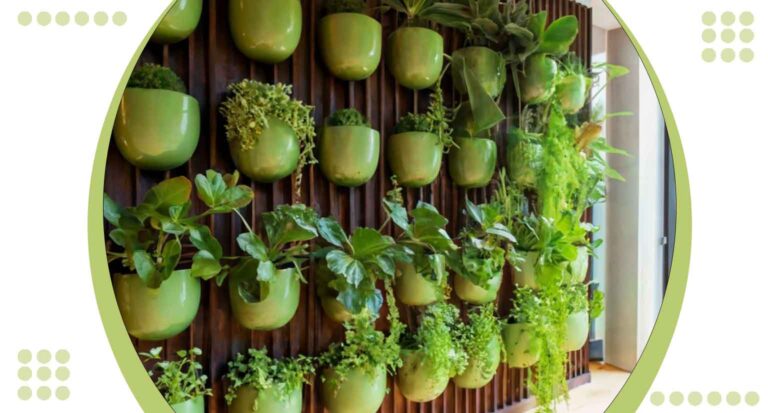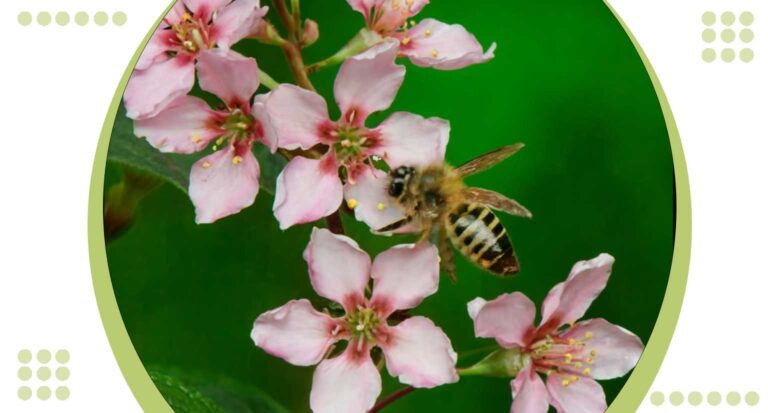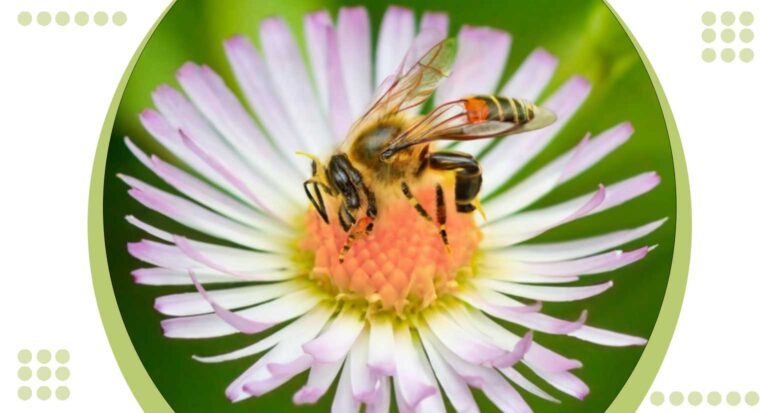What is the Pollinator: 5 Fascinating Facts About Pollination
what is the pollinator? The pollinator emerges as a silent hero, orchestrating the symphony of life. This enigmatic force plays a pivotal role in sustaining the delicate balance of our environment. The significance of the pollinator into the heart of nature’s ingenious mechanism.
From vibrant blooms to the bountiful harvests, the pollinator is the unsung guardian, fostering biodiversity and ensuring the continuity of life. The essence of the pollinator and the crucial role it plays in the tapestry of life.
Pollinators play a vital role in the reproduction of flowering plants by transferring pollen from one flower to another, facilitating fertilization and the production of seeds and fruits. They include a diverse array of insects, birds, bats and other animals that visit flowers in search of nectar, pollen or both.
These interactions are essential for maintaining healthy ecosystems and agricultural productivity, as many crops rely on pollinators for successful pollination and yield.
The process of pollination occurs when a pollinator visits a flower in search of food. As it feeds on nectar or collects pollen, grains of pollen from the flower’s male reproductive organs (anthers) adhere to the pollinator’s body.
When the pollinator moves to another flower of the same species, some of this pollen is transferred to the flower’s female reproductive organs (stigma), enabling fertilization to occur. This mutualistic relationship benefits both plants and pollinators, ensuring the continuation of plant species and the availability of food resources for wildlife and humans alike.
Understanding the role and importance of pollinators is crucial for conservation efforts aimed at protecting their habitats and promoting biodiversity. By enhancing public awareness and implementing practices that support pollinator populations, communities can contribute to sustainable agriculture and environmental stewardship.
Definition of pollinator
A pollinator is a crucial agent in the natural world, facilitating the transfer of pollen from one part of a flower to another, thereby enabling the reproduction of plants. This process is fundamental to the cycle of life, ensuring the proliferation of various flora and consequently supporting entire ecosystems.
In essence, a pollinator can take many forms, from bees and butterflies to birds and bats. These diverse creatures serve as nature’s messengers. Fostering the cross pollination that is vital for the production of fruits, seeds and the overall health of plant species.
What are the two types of pollinator?
In pollination, nature employs two primary types of agents, each with its unique characteristics and roles. The dual forces that play instrumental roles in the reproductive drama of plants.
1. Biological Pollinators
These are living organisms, including insects, birds, bats and other animals. That actively participate in the pollination process. Their interactions with flowers, driven by the quest for food, inadvertently lead to the transfer of pollen.
Biological pollinators form a diverse and dynamic cast, each species contributing to the intricate dance of plant reproduction.
2. Abiotic Pollinators
Abiotic pollinators are non living elements that aid in the transfer of pollen. This category includes wind and water. In wind pollination, lightweight pollen grains are carried through the air reaching receptive flowers. Water, particularly in aquatic plants, serves as a medium for pollen transport.
The interplay between these two types of pollinators highlights the adaptability and ingenuity of nature’s mechanisms. Whether through the delicate fluttering of wings or the gentle caress of the breeze, both biological and abiotic pollinators contribute to the wondrous symphony that sustains the tapestry of life.
What are the methods of pollinators?
In the grand tapestry of life, pollination unfolds through various ingenious methods, each tailored to the characteristics of different plants and their pollinators. The diverse methods employed by nature to ensure the crucial transfer of pollen.
1. Entomophily (Insect Pollination)
Bees
Among the most efficient pollinators, bees actively collect pollen while foraging for nectar. Hairs on their bodies aid in pollen adherence, ensuring effective transfer between flowers.
Butterflies
With their delicate fluttering movements, butterflies inadvertently collect and transfer pollen as they sip nectar from flowers.
Beetles and Other Insects
Some plants rely on beetles and various insects for pollination. These insects, attracted by floral scents, inadvertently carry pollen between flowers.
2. Ornithophily (Bird Pollination)
Hummingbirds
With their long, specialized bills and vibrant plumage, hummingbirds play a vital role in pollinating flowers with tubular shapes. As they feed on nectar, pollen is transferred between blooms.
3. Anemophily (Wind Pollination)
Grasses and Trees
Plants adapted to wind pollination often produce lightweight, abundant pollen. The wind carries these pollen grains over considerable distances, reaching receptive flowers.
4. Hydrophily (Water Pollination)
Aquatic Plants
In aquatic environments, certain plants rely on water to transport their pollen. The flow of water aids in the dispersal of pollen to reach the stigmas of nearby flowers.
5. Zoophilia (Animal Pollination)
Bats
Nocturnal pollination is orchestrated by bats, attracted to night blooming flowers. As they feed on nectar, bats inadvertently transfer pollen.
Various Insects
Beyond bees and butterflies, a plethora of insects, including moths, flies and ants contribute to the pollination of diverse plant species.
Nature’s methods of pollination showcase adaptability and precision, ensuring the continuation of plant life through a myriad of ingenious mechanisms. Each method, finely tuned to the characteristics of both plant and pollinator, adds another layer of wonder to the intricate dance of life.
What is the pollinator function?
At the heart of nature’s intricate dance lies the essential function of pollination. This captivating process serves as the linchpin for the continuation and flourishing of plant life. The multifaceted functions of pollination.
1. Reproduction of Plants
The primary and perhaps most crucial function of pollination is the facilitation of plant reproduction. Pollen, containing male reproductive cells, is transferred from the male part (anther) to the female part (stigma) of a flower. This union sets the stage for the development of seeds and fruits, ensuring the continuity of plant species.
2. Genetic Diversity
Pollination promotes genetic diversity within plant populations. The transfer of pollen between different plants or even within the same plant but from different individuals, leads to the creation of varied genetic combinations. This diversity enhances the resilience of plant species, enabling them to adapt to changing environmental conditions.
3. Biodiversity Support
The ripple effect of pollination extends beyond individual plants. It fosters biodiversity by supporting a myriad of interconnected species. From insects to birds, the diverse array of pollinators relies on nectar and pollen as essential sources of food.
In turn, the plants benefit from the pollinators’ services, creating a harmonious and mutually beneficial relationship.
4. Fruit and Seed Production
Pollination is the catalyst for the development of fruits and seeds. These structures, rich in nutrients, serve as essential resources for various animals, contributing to the ecological balance of ecosystems. Additionally, fruits play a pivotal role in seed dispersal, ensuring the expansion of plant populations.
By unraveling the function of pollination, we gain profound insights into the interconnected web of life. This natural symphony, orchestrated by pollinators, resonates through ecosystems, ensuring the vitality and continuity of our diverse plant kingdom.
5 Fascinating Facts About Pollination
Diverse Pollinators
Pollination is not solely carried out by bees, it involves a diverse array of creatures, including butterflies, moths, beetles, flies, birds and even bats. Each species of pollinator has its own unique behaviors and adaptations that contribute to the pollination process. For example, hummingbirds are known for their ability to hover near flowers while feeding on nectar, making them efficient pollinators for certain plant species.
Co evolution of Plants and Pollinators
Many plants have evolved specific traits to attract particular pollinators. This co evolutionary process has led to the development of flower shapes, colors, scents and nectar compositions that cater to the preferences and abilities of their pollinators. For instance, flowers with long tubular shapes often attract insects with long mouthparts, while brightly colored flowers appeal to bees and butterflies with keen color vision.
Importance in Agriculture
Pollination is essential for agriculture, as many crops rely on pollinators for fertilization and fruit production. Without adequate pollination, the yields of fruits, vegetables and nuts would be significantly reduced. Honey Bees, in particular, are crucial pollinators for numerous crops, including almonds, apples and blueberries, contributing billions of dollars annually to global agricultural economies.
Efficiency of Bees
Bees are among the most efficient pollinators due to their specialized anatomy and behavior. Honey Bees, for example, have branched hairs on their bodies that help them collect and distribute pollen as they visit flowers. Additionally, bees exhibit a behavior known as buzz pollination, where they rapidly vibrate their flight muscles to dislodge stubborn pollen from flowers like tomatoes and blueberries, improving pollination efficiency.
Decline in Pollinator Populations
Despite their critical role, pollinator populations face numerous threats, including habitat loss, pesticide use, climate change and diseases. Declines in pollinator populations can have far reaching consequences for ecosystems and food security. Efforts to protect and restore pollinator habitats, reduce pesticide impacts and promote sustainable agricultural practices are essential for safeguarding pollinator diversity and ensuring their continued contributions to global biodiversity.
Importance of Pollinators
Their importance extends far beyond the pollination of flowers, contributing to the vitality of ecosystems and the well being of various species. The crucial reasons why pollinators are indispensable.
1. Sustaining Plant Life
Pollinators are the architects of plant reproduction, facilitating the transfer of pollen between flowers. This essential process leads to the formation of seeds and fruits, ensuring the continuity of plant species. The very foundation of terrestrial ecosystems relies on the reproductive success enabled by pollinators.
2. Enhancing Crop Yields
In agricultural landscapes, pollinators, especially bees, significantly impact crop production. Many of the fruits, vegetables and nuts that form a substantial part of our diet rely on pollination. The presence of pollinators increases the yield, quality and uniformity of crops, contributing to food security and agricultural sustainability.
3. Fostering Genetic Diversity
Pollinators play a crucial role in promoting genetic diversity within plant populations. The transfer of pollen between different plants or individuals results in varied genetic combinations.
This diversity enhances the resilience of plant species, enabling them to adapt to environmental changes, pests and diseases.
4. Supporting Wildlife Habitats
The interconnected web of life relies on the diverse relationships between plants and animals. Pollinators, by aiding in the reproduction of plants, contribute to the creation and maintenance of diverse habitats. This in turn, sustains a wide array of wildlife, from insects to birds and mammals.
5. Economic Impact
The economic value of pollinators cannot be overstated. Beyond their role in natural ecosystems, they directly contribute to global economies through agriculture. The pollination services provided by bees alone are estimated to be worth billions of dollars annually, underlining their economic significance.
6. Cultural and Aesthetic Value
Pollinators add beauty to our surroundings, enhancing the aesthetic appeal of landscapes and gardens. Beyond their practical roles, they hold cultural significance in various societies, symbolizing the interconnectedness of life and the cyclical nature of ecosystems.
Conclusion
Pollinators emerge as silent maestros, orchestrating the reproduction of plants with precision. From bees and butterflies to birds and bats, these diverse agents sustain biodiversity, ensuring the resilience of ecosystems. Beyond their pivotal role in crop production, pollinators weave a tapestry of genetic diversity, economic value, and cultural significance.
As nature’s indispensable messengers, they symbolize the delicate interplay that sustains our planet’s vitality. The pollinator, a guardian of biodiversity, connects the dots in the grand narrative of life, leaving an indelible mark on the flourishing landscapes they touch.

